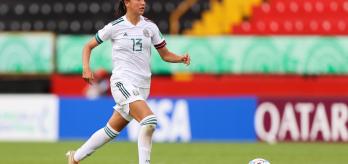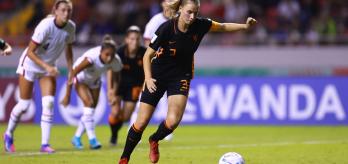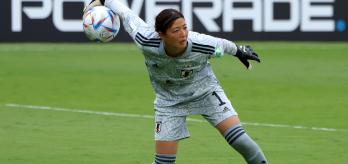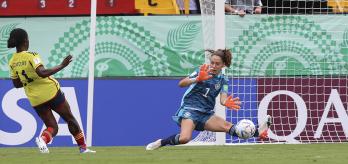Pascal Zuberbühler explains why distribution via throwing is so important and is an opportune area of focus for goalkeeping coaches working with players at U-20 level. Because of the relevance of throws as part of the build-up phase, this is an area that must be trained, not in isolation, but together with outfield players.
Zuberbühler places particular emphasis on the different throwing techniques: the underarm throw and the overarm throw. The underarm throw is a very valuable method of distribution because it places the ball directly at the receiving player's feet.
At the U-17 and U-20 level in women's football, long throws are uncommon. When overarm throws are trained, they must be trained with team-mates so that players understand the length of their goalkeeper's maximum throwing distance and can position accordingly during a game.
Developing relationships with team-mates in training is extremely important for timing and positioning, especially in moments of transition when there are opportunities to counter-attack. This connection with the goalkeeper's team-mates must be developed because there is a real possibility to bring this method of distribution into the build-up phase.
Of the eight teams that qualified for the quarter-finals, five of them had goalkeepers ranking in the top ten for throws. Canada's Anna Karpenko was the top ranked goalkeeper for throws during the group stages of the tournament with 7.8 per 90 mins.
For this competition, the data collected by our Football Analysis and Insights Team also shows a strong goalkeeper preference for the underarm throwing technique over the overarm throw. Brazil goalkeeper, Gabi Barbieri, is the only outlier in this respect, being the only goalkeeper to show a preference for the overarm throw.
Conclusion
For Zuberbühler, throwing is an opportune area for development in U-17 and U-20 goalkeeping. For him though, it is crucial that this must be trained, not in isolation, but with the outfield players.

















